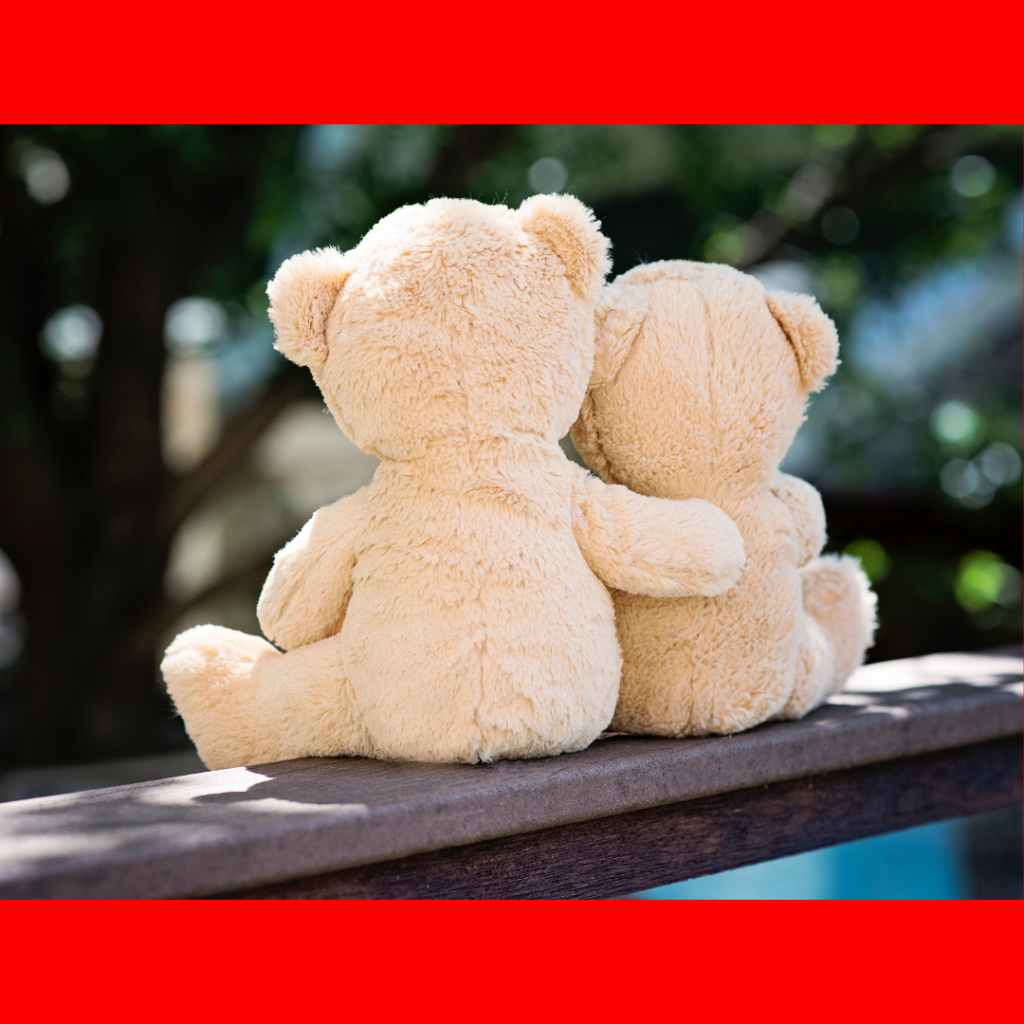Hugs can be a way of establishing intimacy with loved ones. But sometimes those encounters can be awkward, especially if the child resists or feels uncomfortable hugging someone whom they don’t know well, or don’t like. With the holidays just around the corner, it’s an important topic for caregivers to consider — especially this year, when many of us will likely be returning to the world of family gatherings after skipping them in 2020. This means that some relatives may be craving hugs from little ones, while children may feel even more uncomfortable giving them.
This season is a great opportunity to teach kids about consent and boundaries. Here are some tips to help you and your family navigate — and prevent — those uncomfortable encounters this holiday season.
Prepare for the gathering. Talk with your child about what to expect at each gathering — who will be there; how many people; whom they may or may not feel comfortable giving a hug. Additionally, talk with relatives about how your child is feeling and the boundaries you have set as a family. Let them know what your child may not feel comfortable with ahead of time.
Advocate for your child. When you notice that your child is having difficulty, or when something awkward happens and they don’t feel comfortable speaking up, you or other adults should address unwanted boundary crossing, even if it makes you feel uncomfortable.
Give kids choices. Instead of saying, “Give me a hug goodbye,” try “How would you like to say goodbye?” If a child struggles to think of something, offer them a few alternatives. Hugs, high-fives, fist bumps, waves and silly dances are all solid options.
When your child doesn’t want a hug, don’t take it personally. Realize that it isn’t about you. It’s more important to honor what makes a child feel comfortable than to focus on your own joy of receiving a hug.
To Learn more: Reminder: Your Daughter Doesn’t Owe Anyone a Hug. Not Even at The Holidays. (girlscouts.org)

